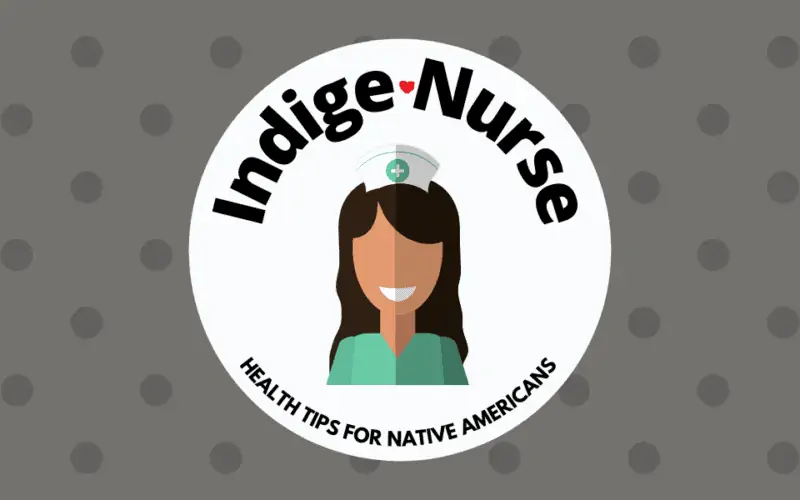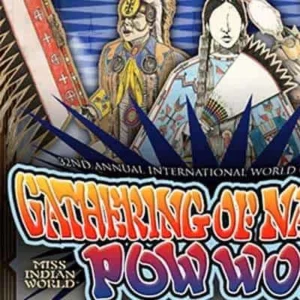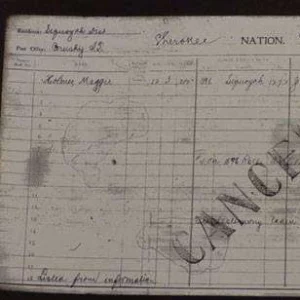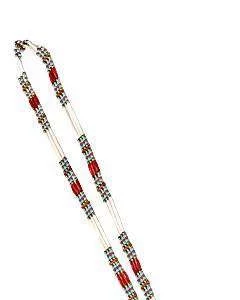Indige-Nurse is a column published by Powwows.com and written by Jeanette Centeno, a Registered Nurse (RN) and Case Manager (CM) who holds a Bachelor of Science in Nursing (BSN). Centeno (Taíno) draws on her experience in the medical field and her own indigenous background to educate Native communities on the health issues that matter most.
According to The National Indian Council on Aging (NICOA), Native Americans are five times more likely than other racial and ethnic groups in the United States to suffer from Diabetes.
Why? A combination of factors, including high blood sugar, high blood pressure, and significant barriers to health care and education.
That needs to change.
Diabetes is a chronic condition that affects how your body turns food into energy and sugar (glucose) that is released into your bloodstream. People with Diabetes either don’t make enough insulin or their bodies can’t properly utilize the insulin they do make.
Diabetes is the seventh leading cause of death in the U.S., but somehow the picture looks even more grim for Native Americans.
According to the CDC and Indian Health Services (IHS):
- Native Americans are twice as likely as white Americans to have diabetes
- The Pima Nation of Arizona have the highest rate of Diabetes in the world
- Native Americans have a higher incidence of complications from Diabetes
- Native Americans develop Diabetes at a younger age than other racial and ethnic groups
- In about two-thirds of Native Americans with kidney failure, Diabetes is the cause.
But there is hope. If you suffer from Diabetes or are pre-Diabetic, managing the disease is key to living a long healthy life. Find the combination of interventions that work best for you and seek immediate assistance before issues become dire.
Here are 10 ways to prevent Diabetes in the indigenous community:
-
Improve education
We must increase indigenous health education. That includes promoting Diabetic nutrition and lifestyle choices that make sense to the community. Most importantly, programs and educational material should be offered in the person's preferred language.
-
Control your blood pressure and blood sugar
That means reducing your salt intake to lower blood pressure and protect your kidneys.
-
Seek medical intervention early
If there’s a family history of Diabetes or high blood pressure, ask about being tested for kidney disease.
-
Clean up your diet
Auntie’s fry bread may be delicious, but it’s far from the best choice if you’re Diabetic. Look for healthy substitutions and alternative foods that nourish the soul and the body.
-
Exercise regularly
Yes, a simple walk, hike or run can help curb symptoms and keep numbers down. But more than that, find the type of movement that brings you joy. That way, exercise won't constantly feel like a chore.
-
Take all prescribed medications
Alert your doctor when medications are no longer effective or if you have an adverse reaction.
-
Self-monitor
Keep track of any and all glucose changes and report them to your doctor.
-
Check your skin
Especially your feet and hands. Wounds and sores should be reported immediately.
-
Change treatment goals as needed
It’s important to know what’s realistic and what’s needed to progress.
-
Maintain a healthy weight
What does this mean? For adults, a healthy weight is defined as the appropriate body weight in relation to height. Body Mass Index (BMI)—the de facto gauge of healthy body weight—is calculated from your height and weight and is a useful measure of overweight and obesity. If you have a BMI of 25 to 29.9, you might have too much body weight for your height.
However, remember that BMI can be inaccurate for athletes and physically fit people because their high muscle mass can technically make them “overweight,” even though their body fat percentages are relatively healthy. BMI is intended to give a general sense of a healthy body weight—not a hard and fast indication.




Janet R Childress
says:I love hearing the achievements that indigenous people have accomplished
How they help their people live a healthier life.